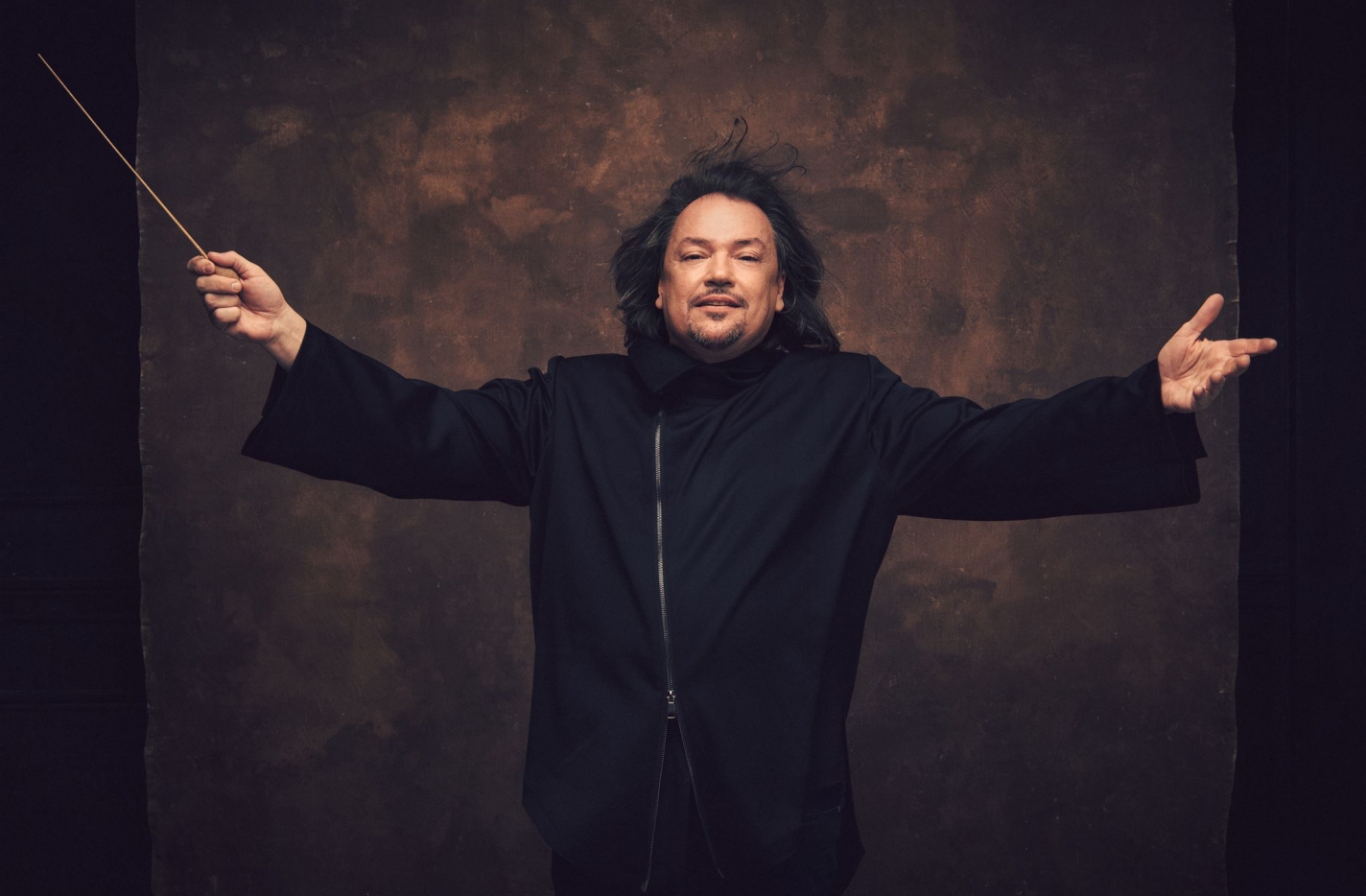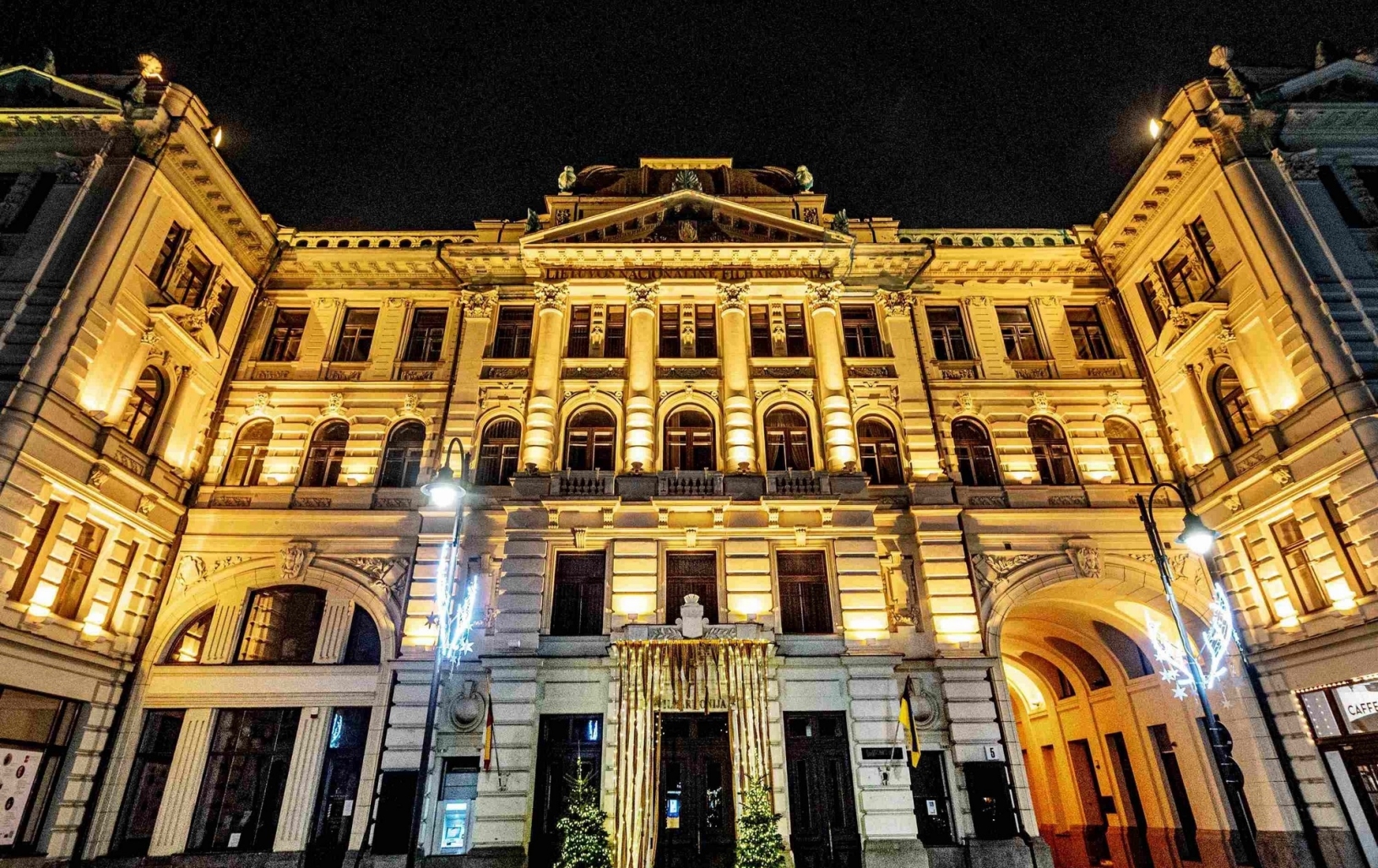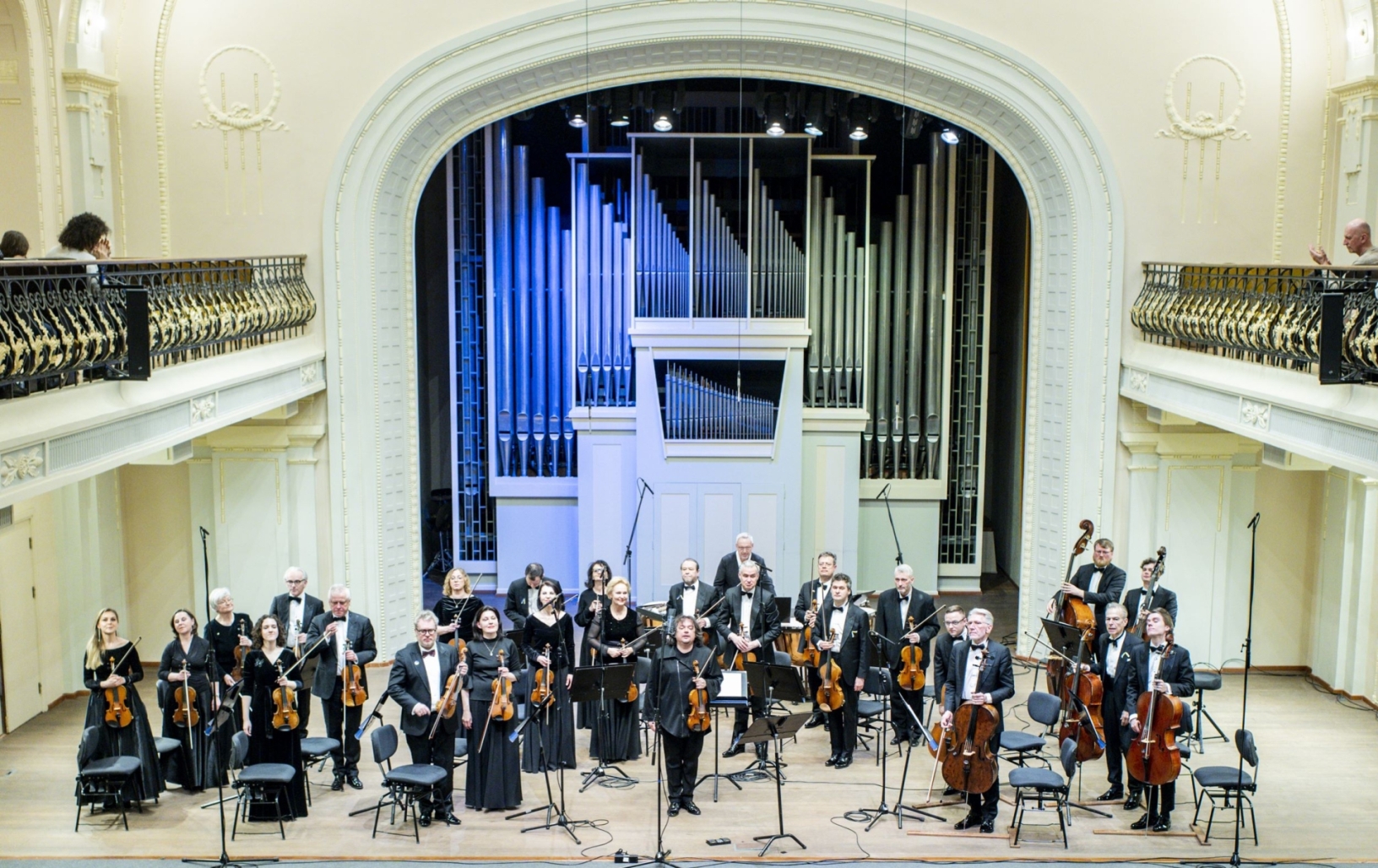Farewell Symphony
Performers
LITHUANIAN CHAMBER ORCHESTRA
Artistic director, soloist and conductor SERGEJ KRYLOV (violin)
Hostess of the concert JUSTĖ JANKAUSKAITĖ
Programme
WOLFGANG AMADEUS MOZART – Divertimento No. 2 in B flat major, KV 137; Concerto for violin and orchestra No. 1 in B flat major, KV 207
JOSEPH HAYDN – Symphony No. 45 in F sharp minor (Abschied (Farewell)), Hob. I:45
About
As a New Year’s Eve tradition, the Lithuanian Chamber Orchestra and its artistic director, violinist Sergej Krylov present a concert at the Church of St. Johns’. Tonight, Krylov will play Mozart’s Concerto for violin and orchestra No.1 in B flat major, KV 207. The composer wrote the violin concertos for his own performances: at the time he collaborated extensively with the Salzburg Kapelle. These works do not feature the tragic or pathetically tumultuous episodes so typical of his piano concertos. Not surprisingly, Mozart was only 19 at the time.
In addition to operas, symphonies, concertos, quartets, sonatas, masses and cantatas, Mozart composed a number of divertimentos – occasional music and pieces of music-for-entertainment commissioned by the nobility for receptions, for open-air public events, for weddings and birthdays. Classical divertimentos (French: divertissement, Italian: divertimento – entertainment) were written for chamber orchestra or instrumental ensemble. One of them, Divertimento No.2 in B flat major, KV 137, will open the concert.
There are various legends concerning the unusual format of Haydn’s Symphony No. 45 in F sharp minor (Abschiedssinfonie, Farewell). In 1772, Haydn’s patron Prince Esterházy was resident, together with all his musicians and retinue, at his favourite summer palace Esterháza. The stay there had been longer than expected, and most of the musicians lived in poor conditions – it was cold and many of them got sick. Even Kapellmeister Haydn had no stamina to communicate that to the Prince. He then composed a new symphony and invited the Prince to listen, and at the end of the work he enacted a spectacle: after traditionally fast finale the audience heard Adagio during which each musician stopped playing, snuffed out the candle on his music stand and left in turn. So, at the end there were just two violins left (Haydn and his concertmaster). The Prince seemed to have understood the message: the court returned to the city the day following the performance.
It is one of the National Philharmonic’s oldest New Year’s Eve concert traditions – to bid farewell to the Old Year with Haydn’s Abschiedssinfonie. For more than 50 years the Lithuanian Chamber Orchestra has been performing the legendary opus in a vanishing candlelight…




